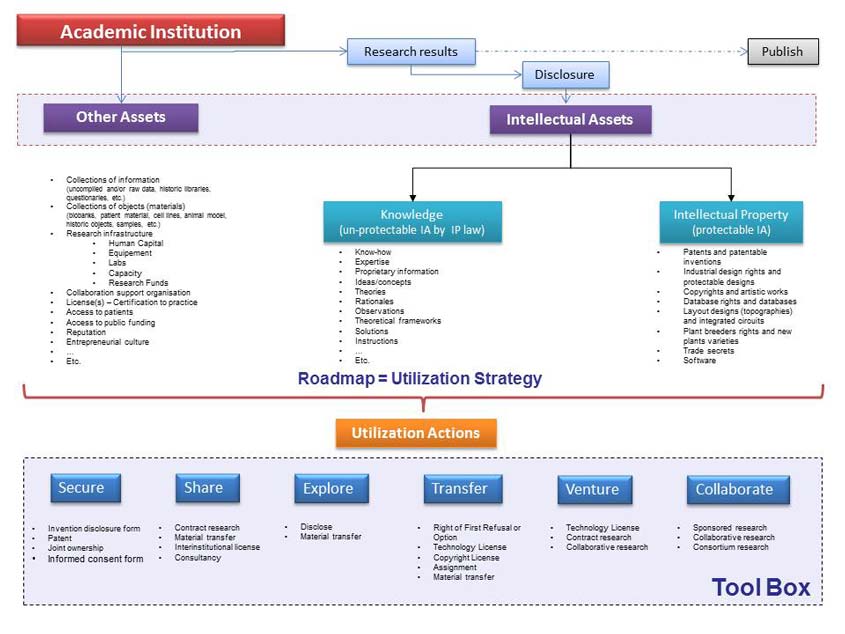Upcoming IP Toolkit for Academic Institutions
October 23, 2017
WIPO is currently developing a new set of resources to support academic instructions in their use of intellectual property (IP) – the IP Toolkit for Academic Institutions – Connecting Academic Research with Economy and Society.
The Toolkit represents a comprehensive set of documents and training support tools for:
- those involved in drafting institutional IP policies;
- technology managers; and
- IP professionals engaged in asset management and knowledge transfer.
Assemblies preview
A presentation of a draft part of the Toolkit containing the “IP Commercialization Roadmap” took place during a side event to the Fifty-Seventh Series of Meetings of the Assemblies of the Member States of WIPO organized on October 3, 2017.
The full Toolkit will be available in early 2018.
